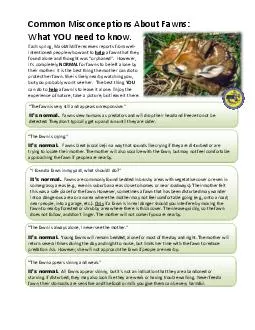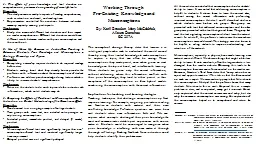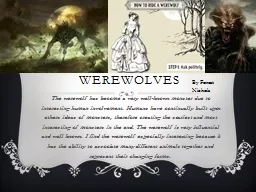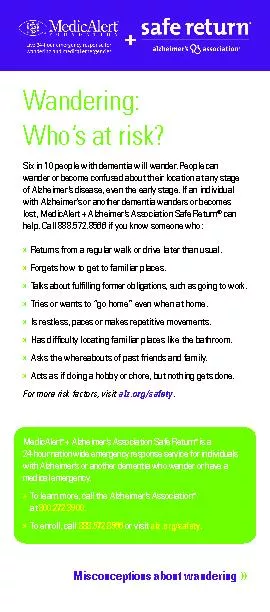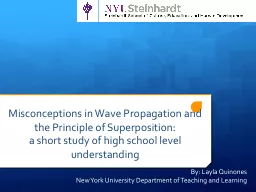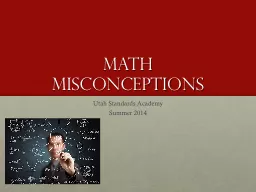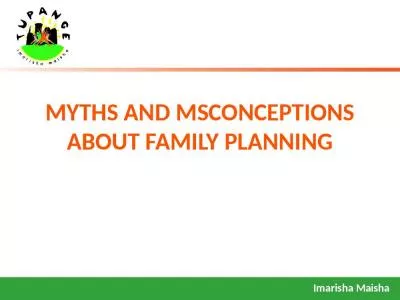PDF-Common Misconceptions
Author : pamella-moone | Published Date : 2016-12-12
About Fawns What YOU need to know x201CThe fawn is very still and appears unresponsivex201D Itx2019s normal Fawns view humans as predators and will drop their head
Presentation Embed Code
Download Presentation
Download Presentation The PPT/PDF document "Common Misconceptions" is the property of its rightful owner. Permission is granted to download and print the materials on this website for personal, non-commercial use only, and to display it on your personal computer provided you do not modify the materials and that you retain all copyright notices contained in the materials. By downloading content from our website, you accept the terms of this agreement.
Common Misconceptions: Transcript
Download Rules Of Document
"Common Misconceptions"The content belongs to its owner. You may download and print it for personal use, without modification, and keep all copyright notices. By downloading, you agree to these terms.
Related Documents

